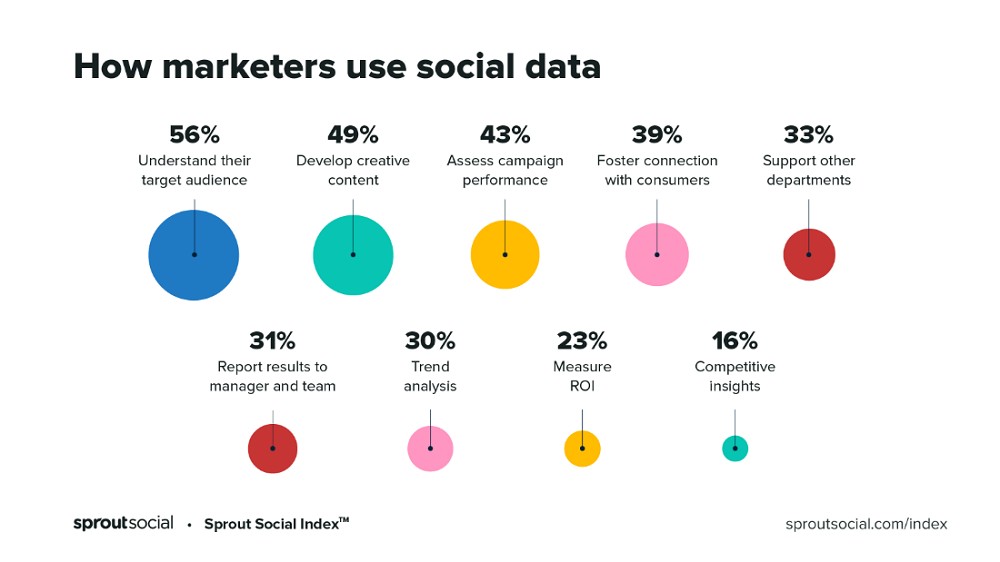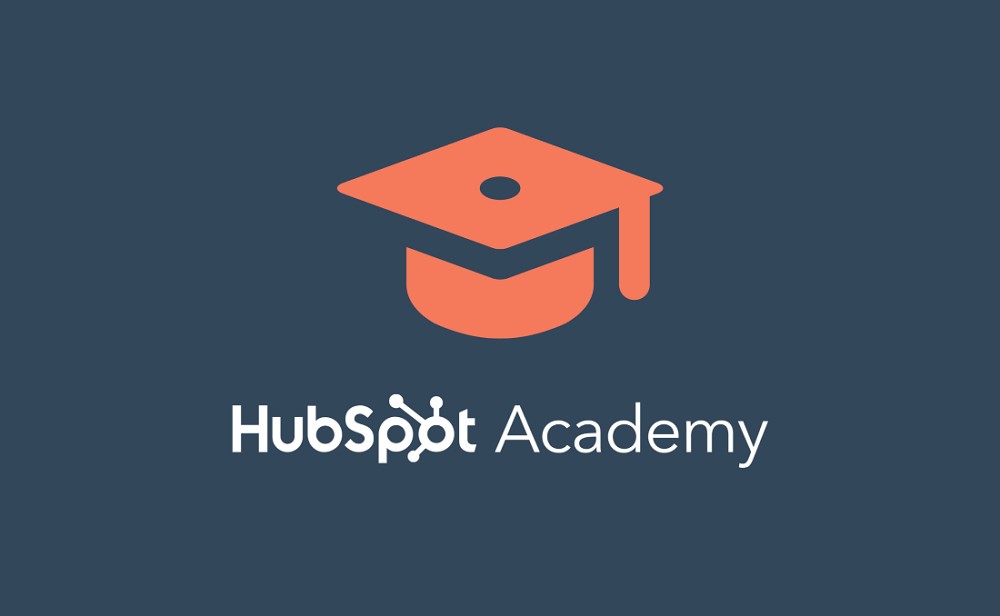This blog was provided by Sociallyin
Digital Marketing Analytics 101: Best Way to Spice Up Campaigns
BY KEITH KAKADIA
Digital marketing analytics is a tool that successful brands use to:
• Evaluate ad campaign efficacy
• Analyze SEO traffic
• Optimize their brand image
• Improve the quality of their products
• Attract and engage more customers
The digital analysis yields countless benefits, which is why so many companies prioritize this step in their marketing strategy.
Continue reading to learn more about digital marketing analytics and how you can use it most effectively.
What is Digital Analytics?
Digital analytics is the practice of collecting, measuring, analyzing, and presenting behavioral data collected from users online, whether through an app, website, store, or email.
Experts collect various metrics such as impressions, clicks, likes and dislikes, shares, and downloads. They may also analyze more subtle indicators of behavior, such as time spent on a page or the flow of a user through a website.
Countless organizations rely on analytics for growth as it provides qualitative and quantitative data for making strategic decisions. It also helps paint a more vivid image of your customers as a whole.
Finally, analyzing one’s digital efforts can determine where more effort and budget should be allocated to drive business results.
What Is Digital Analytics in Marketing?
Digital marketing analytics doesn’t differ much from digital analytics. Both rely on the collection, measurement, and analysis of user data to form important decisions. The only difference with digital marketing analytics is that it focuses on the efficacy of marketing techniques and how they may be improved. Google, Facebook, Linked In, Instagram, Twitter, and Snapchat are just some of the platforms we can use to run a digital analysis.
Digital marketing analysis can give businesses actionable information such as conversions, regional preferences, creative preferences, consumer behavior, and much more. This data can then be used to better understand and target future customers. Letting a failed campaign run would be a waste of funds, which is why digital marketing analytics can be helpful in one’s overall marketing strategy.
Digital Marketing Analytics vs. Web Analytics
Digital marketing analytics is fundamental for growing steadily and attaining business goals.
The central point is that digital marketing analytics focuses on online marketing activities; web analytics focuses on the online activity as a whole.
Digital marketing analytics is concerned with data that affect marketing strategy, in other words, how it can better attract, engage, and retain customers. Web analytics is broader and can encompass data not specifically to do with the customer.
For example, while digital marketing analytics looks at customer behavior and usage data, web analytics may consider factors such as site speed, searchability, and mobile optimization. These can then be interpreted from a marketing lens, but on their own have little to do with the customer.
![]()
How to Understand and Track Social Media Analytics
Social media analytics is a more specific type of digital marketing analytics, available for essentially all online businesses. Social media analytics provides an in-depth overview of how people and your target audience interact with your brand content.
However, navigating through the dashboards and setting in search for analytics can be tricky. Here are the five steps to follow for getting a proper understanding of social media analytics:
Step #1: Assessing Social Media Metrics
Each platform comes equipped with its own specific tools for insights. For examples:
• Twitter provides "Twitter Analytics" to track follower growth and the most interactive period for content.
• LinkedIn provides free company data on your business profile. The site also offers special analytics software for premium account users.
• Facebook pages have a whole "Insights" tab that logs all visitor and customer activity.
• YouTubers can find their metrics on the YouTube "Analytics Tab."
• And since Instagram is a product of Facebook, it uses "Facebook Insights" to display analytics to the brands.
The data provided by each platform also differ. For example, Instagram is limited in the data it provides compared to Facebook, which can give you demographic data as well.
Step #2: Getting to Know Your Followers
Social media platforms such as Facebook provide brands a tab labeled, "Page Followers." In this section, you can find detailed graphs on customer activity and what they like.
Using these metrics, you can pinpoint which strategies are taking off and which are tanking. In addition, you can also better understand your ideal customer on that platform.
The bottom line here is that filtering your audience for a targeted approach is absolutely fundamental! Otherwise, you will end up wasting a lot of resources and marketing efforts.
![]()
Step #3: Setting Specific Metric Goals
Now it is no secret that being bombarded with numerical values left, right, and center can be a bit overwhelming. The key is to set your key performance indicators (KPIs) and goals.
What does that mean? It means you have to think about what is most important to you. Pay attention to what you want out of the brand. From there, you can begin tracking the metrics that matter and subsequently work on making adequate improvements. For example, if you’re looking to get people to sign up for a newsletter, your KPIs may be clicked to the website, impressions, and comments as these all give you a clue as to how successful your efforts will be.
![]()
Step #4: Using Tools for Social Data Analysis
Marketing professionals often rely on apps and software programs that use machine learning to collect data. These programs combine your social efforts in one place and give you the most optimal analysis of all your social media marketing strategies.
The three best programs that let you pre-schedule posts and track activity are as follows:
• Hootsuite
• Sprout Social
• Google Analytics
These programs cut the time and cost in half and provide real-world solutions. Be sure to look these up and include them in your strategy if you haven’t already. how-marketers-use-social-data-according-sproutsocial

Step #5: Expanding and Furthering Your Subject Knowledge
The 21st century is widely considered the age of innovation, so take the time to experiment. Let's abandon run-of-the-mill ads and use digital analytics to better them.
One of the best ways to learn more on the subject is to take an online course or certification. The most remarkable thing about the internet is that we can find a plethora of free coaching classes!
Here are some of the things you can begin with:
• Coursera -- the online course provider, offers many free classes on social media data analytics,
• MediaBistro -- the best resource provider for media professionals is filled with short and in-depth tutorials on analytics,
• EdX -- Like Coursera, EdX is also a course provider that offers manifold learning classes,
• Google Digital Garage -- Google's free online certification goes into minute details about digital skills, thereby instilling them in the course takers,
• Hootsuite Academy -- the platform provides various learning classes on social media and strategy building.
So, with the skills learned from these courses in your arsenal, you can rest assured entrepreneurial success is yours!

To learn more about Socaillyin and other companies like them register for your free ticket to attend the B2B Marketing Expo on April 6th & 7th at the Los Angeles Convention Center!
Register for your FREE ticket here!

 Return to Blog Page
Return to Blog Page